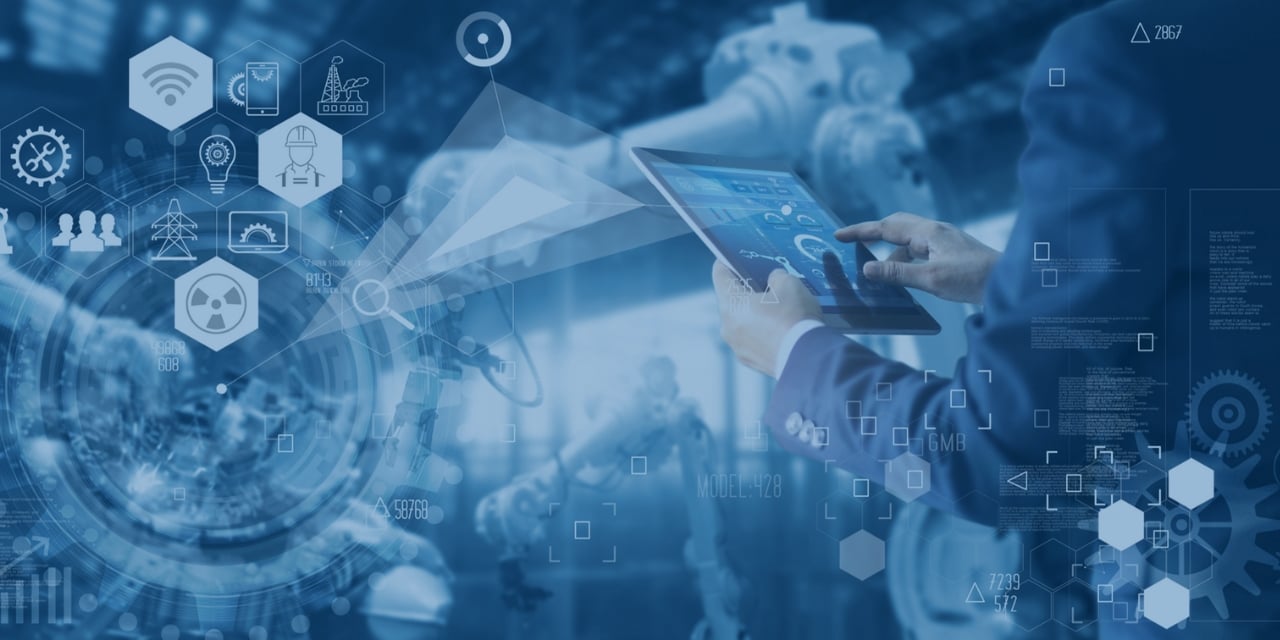
The Road Ahead: 6 Industrial Trends to Watch in Q4 2023
Insights from Baird’s Global Industrial Investment Banking Franchise
As the latter half of 2023 progresses, fast-unfolding macro trends stand to change the face of the broader industrial market. Our Global Industrial Investment Banking team is pleased to share our thoughts on what could be in store for the industrial landscape in the months ahead. We expect both strategic and sponsor buyers to pursue targets that are well-positioned to capitalize on the secular trends detailed below.
As one of the leading global industrial M&A and financing advisors among all investment banks,1 Baird is uniquely suited to deliver differentiated advice and service that lead to exceptional outcomes for our clients. Since 2021, we’ve executed 115+ industrial M&A transactions totaling more than $85 billion in deal value, maintaining our platform’s momentum amidst challenging M&A and public offering markets. We’ve delivered premium outcomes for our clients, with an average industrial sell side EBITDA multiple of more than 13x.
While the current industrial environment is complex, we believe it presents significant opportunities for sector companies and investors. Following are six trends our team is watching heading into the final quarter of 2023 and beyond:
1. Legislation Poised to Kickstart Infrastructure
Aging infrastructure and shifting environmental standards are fueling a new wave of public funding. We’re seeing a rapid acceleration of federal funds deployment to revamp dated U.S. infrastructure in the Inflation Reduction Act and pending Bipartisan Infrastructure Deal. The latter, which could materialize later this year, will support a wide range of municipal water/wastewater, power grid, transportation and other building & infrastructure projects. In parallel, evolving regulations and government incentives are fueling demand for higher-efficiency and non-fossil-fuel-driven thermal systems (i.e., electric) – which will, in turn, support the continued evolution of the industrial sector and future deal flow.
2. Incorporating Automation and AI
Automation and AI are reshaping processes, outputs, innovation and overall speed-to-market across the industrial landscape. The rise of e-commerce and widespread pressure to reduce throughput will drive the need for increased automation within warehouse and distribution environments. There are also compelling opportunities to leverage automation and AI to better manage workforces and avoid regulatory penalties, a trend we see playing out in the Safety & Security and Industrial Equipment markets in particular. In turn, the rapid growth of AI and cloud computing is driving innovation and continued growth in data centers, which require effective, dependable thermal management systems – creating additional demand for this end market.
3. Digitization’s Continued Rise
The demand for digital capabilities will continue to transform verticals across the industrial sector. The rise of digital connectivity, smart home and smart technologies are increasing demand for enhanced integration among apps and electronic components within the Vehicle Technology & Mobility vertical. Meanwhile, OEMs and component suppliers are developing more advanced systems and controls that utilize software and IoT, which open the door to more connected and “smarter” solutions. Digital transformation is driving a shift in consumer purchasing models – for example, e-commerce and click & collect – which creates opportunities for industrial innovations like enhanced labeling and packaging formats, as well as new automation solutions.
4. Supply Chains Find Their Footing, At Last
We’re largely seeing a normalization of supply chains as well as the late stages of destocking that began in Q3 2022 in verticals such as Specialty Materials & Chemicals. The former is allowing for larger OEM shipments and improving margins for many organizations, while the latter is providing some relief for volume trends industrywide. Running in parallel is an ongoing re-architecture of domestic supply chains. Onshoring and reshoring efforts are in full swing within the Test, Measurement & Automation vertical, with the U.S. government encouraging companies to relocate their manufacturing and other operations in order to secure domestic supply chains.
5. Even More Demand for Skilled Labor
The cost and availability of skilled labor in industrial verticals is a complex issue with no simple or efficient solution. Labor constraints, coupled with an emphasis on process efficiency, are driving innovation in production and digitalization efforts across the industrial market and in verticals such as Flow, Motion and Power Technologies. The trend is also helping to fuel the rise of data collection and analysis initiatives, as well as the adoption of automation and IoT solutions. That said, the availability of specialized personnel such as installation, critical maintenance and electrical engineering professionals could constrain growth and innovation.
6. The Sustainability Transformation Will Continue
An ever-increasing emphasis on sustainability for consumers, government entities and companies presents meaningful challenges and opportunities alike for the industrial sector. Net-zero targets set by governments and corporations globally have the potential to require more than $100 trillion of capital investment in the coming decades, while decarbonization targets will accelerate the trend toward electrified products and vehicles across the machinery & equipment market, from specialty to agriculture/off-highway vehicles to outdoor power equipment. The trend toward sustainability will also play an intermediate-term role in driving the energy transition, as well as customer demand for green buildings and new technologies that mitigate the impact of harmful chemicals and increase the efficiency and purity of water filtration.

















